Unlocking Healthy Soil: Proven Strategies for Garden Vitality
- February 28, 2024
- 0 comment
Healthy soil is the backbone of a thriving garden, farm, or any ecosystem relying on plant growth. It’s not just dirt under our feet but a living, breathing entity teeming with microorganisms, organic matter, and nutrients. But what makes soil healthy, and why is it crucial for our environment?
Importance of Soil Health
The Components of Healthy Soil
- Organic Matter: This is the decayed remains of plant and animal life which contributes to the soil’s nutrient content, water retention capacity, and is a key food source for soil organisms.
- Soil Microorganisms: A diverse microbial population, including bacteria, fungi, protozoa, and nematodes, plays a critical role in decomposing organic matter, nutrient cycling, and forming symbiotic relationships with plant roots.
- Soil Minerals: These are the particles that make up the soil, categorized into sand, silt, and clay based on their size. The proportion of these particles determines the soil’s texture, which affects water retention, aeration, and nutrient availability.
- Soil Structure: This refers to how soil particles are clumped together. Good soil structure is crucial for water infiltration, root growth, and air exchange. Aggregates, or clumps, help improve soil structure.
- Water and Air: Healthy soil must have adequate water and air to sustain plant and microbial life. The balance of these elements is crucial; too much or too little of either can be detrimental.
- Nutrients: Essential nutrients such as nitrogen, phosphorus, potassium, and trace elements must be present in balanced amounts for plant growth. The availability of these nutrients is influenced by soil pH.
Signs of Unhealthy Soil
- Poor Plant Growth: Stunted growth, yellowing leaves, and low yields can indicate nutrient deficiencies, compacted soil, or other health issues.
- Erosion: Soil that is easily washed or blown away lacks structure and organic matter, which are critical for soil stability.
- Compaction: Hard, dense soil that resists penetration by roots or water indicates compaction, often caused by heavy machinery or foot traffic, leading to reduced aeration and poor water infiltration.
- Waterlogging: Soil that remains soggy for long periods can indicate poor drainage, often due to compacted soil or a high clay content, which can suffocate plant roots.
- Weed and Pest Infestations: An imbalance in soil health can lead to an increase in weeds and pests, which thrive in stressed environments and further compete with desired plants for nutrients.
- Lack of Soil Life: Healthy soil should be teeming with earthworms, insects, and visible microbial activity. A lack of these signs can indicate poor soil health.
Key Strategies for Soil Improvement
Organic Matter Enrichment
Enhancing soil health through organic matter enrichment involves several effective practices. Incorporating compost into the soil is a fundamental approach, as compost is rich in organic matter and beneficial microbes that break down nutrients, making them more accessible to plants, thereby significantly boosting the soil’s nutrient content and structure. Similarly, the application of organic mulches, such as straw, wood chips, or leaf litter, plays a crucial role in conserving soil moisture, suppressing weed growth, and, over time, increasing the soil’s organic matter content as these materials decompose.
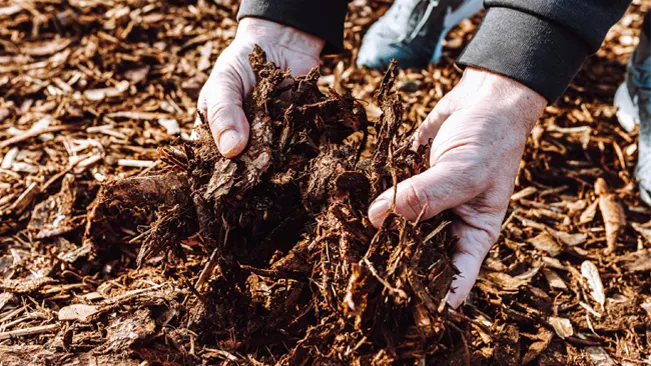
Furthermore, the cultivation of cover crops like legumes, grasses, or brassicas during the off-season serves as a protective measure against soil erosion, while also enhancing the soil’s structure and nutrient levels. When these cover crops are plowed back into the soil as green manure, they contribute significantly to the enrichment of the soil’s organic matter, making this practice an integral part of sustainable soil management strategies.
Proper Irrigation Techniques
Adopting proper irrigation techniques is crucial for maintaining soil health and ensuring efficient water use. The implementation of drip irrigation systems is particularly effective, as they deliver water directly to the plant roots, significantly reducing water loss due to evaporation and minimizing the risks associated with soil erosion and nutrient leaching. This targeted approach to watering not only conserves water but also contributes to a more sustainable agricultural practice.
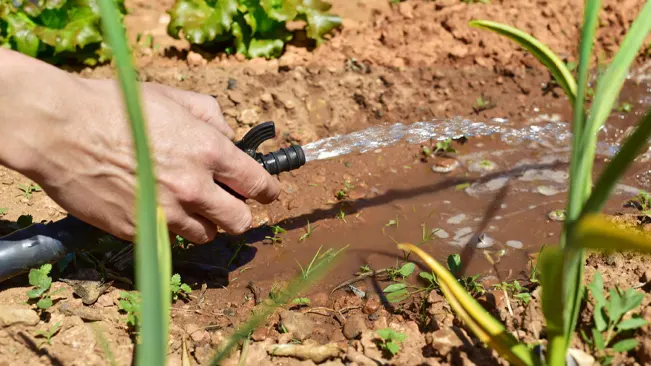
Moreover, the timing and amount of irrigation play a pivotal role in water conservation and plant health. Watering plants during the early morning or late afternoon reduces evaporation losses, and adjusting the volume of water according to soil type, weather conditions, and plant needs helps prevent waterlogging or drought stress. Additionally, the use of soil moisture sensors or manual checks to monitor soil moisture levels can ensure that water is applied only when necessary, promoting deeper root development and more efficient water use.
Crop Rotation and Diversity
Implementing crop rotation is a fundamental agricultural practice that significantly benefits soil health. By varying the types of crops grown in a particular area from one season or year to the next, farmers can disrupt the lifecycle of pests and diseases, which often become established and problematic when the same crops are grown repeatedly in the same location. This practice not only reduces the reliance on chemical pest control methods but also enhances soil structure and improves nutrient cycling, contributing to a more sustainable and productive farming system.
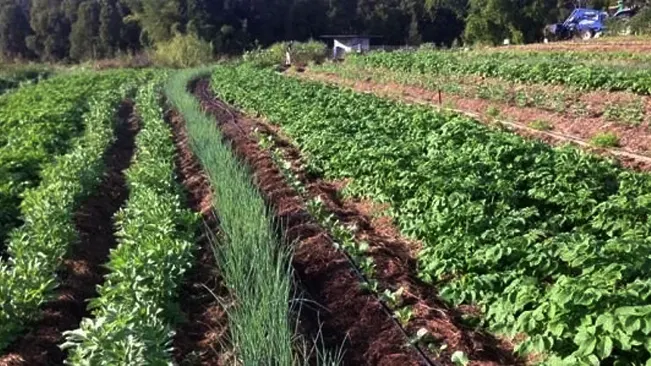
In addition to crop rotation, the practice of intercropping and establishing polycultures plays a crucial role in fostering soil health and biodiversity. Growing a diverse mix of crops together can lead to more efficient utilization of nutrients, as different plants have varying nutrient needs and root structures. This diversity also helps in reducing pest problems, as a mixed planting scheme makes it harder for pests to find and infest their preferred host plants. Moreover, a variety of crops supports a wider range of beneficial organisms both above and below the soil surface, enhancing the overall resilience and health of the agricultural ecosystem.
Natural Pest Control Methods
Biological control is a cornerstone of natural pest management strategies, emphasizing the use of natural predators to maintain pest populations at manageable levels. By encouraging or introducing beneficial organisms such as ladybugs, lacewings, and predatory mites into the ecosystem, gardeners and farmers can significantly reduce the need for chemical pesticides. This approach not only helps in controlling pest populations but also contributes to the overall health of the ecosystem by maintaining the balance between pest and predator populations, ensuring a more sustainable approach to pest management.

In addition to biological control, implementing crop diversity and utilizing physical barriers and traps are effective natural pest control methods. A diverse cropping strategy complicates the ability of pests to find and infest their preferred host plants, thereby reducing the likelihood of large-scale pest outbreaks. This diversity also creates a habitat for a broader range of beneficial organisms, further enhancing natural pest control mechanisms. Moreover, the use of physical barriers, such as row covers, and traps, like pheromone traps, provides a direct and non-toxic way to manage pests, safeguarding both the crops and the soil from potential harm associated with chemical pest control methods.
Advanced Techniques for Soil Health
Biochar Addition
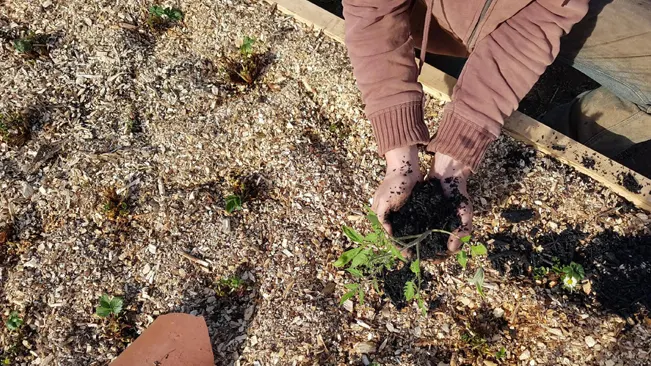
Biochar is a highly porous, carbon-rich material obtained from the thermal decomposition of organic matter in an oxygen-limited environment, a process known as pyrolysis. When incorporated into soil, biochar can have multiple benefits that significantly enhance soil health. It improves soil structure, increases water retention capacity, and helps in the sequestration of carbon, effectively reducing the concentration of carbon dioxide in the atmosphere. Furthermore, biochar serves as a habitat for beneficial soil microorganisms and helps in the adsorption and retention of essential nutrients, making them more available to plants. This not only boosts plant growth and yields but also contributes to the overall resilience and fertility of the soil.
Mycorrhizal Inoculation

Mycorrhizal fungi form symbiotic associations with the roots of most plant species, facilitating the exchange of nutrients between soil and plant roots. Inoculating soil with mycorrhizae can dramatically enhance plant access to nutrients, particularly phosphorus and other micronutrients that are less mobile in the soil. This relationship not only improves plant health and growth but also enhances soil structure by promoting the development of soil aggregates, which improves soil aeration and water dynamics. Mycorrhizal inoculation is especially beneficial in degraded soils or in systems where the natural mycorrhizal community has been diminished due to practices like intensive agriculture or the use of broad-spectrum fungicides.
Common Mistakes to Avoid
Over-Tilling
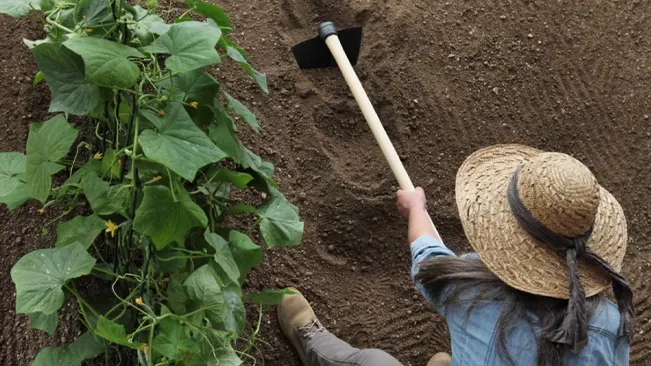
Tilling the soil is a common agricultural practice intended to prepare the land for planting by breaking up the soil, controlling weeds, and mixing in soil amendments. However, excessive tilling can be detrimental to soil health. Over-tilling disrupts the natural soil structure, leading to compaction and erosion, which can significantly reduce the soil’s ability to retain water and air. It also disturbs the microbial ecosystems that are crucial for nutrient cycling and plant health. Continuous disruption of these soil communities can lead to a decline in soil fertility over time, making crops more dependent on synthetic fertilizers.
Chemical Overuse
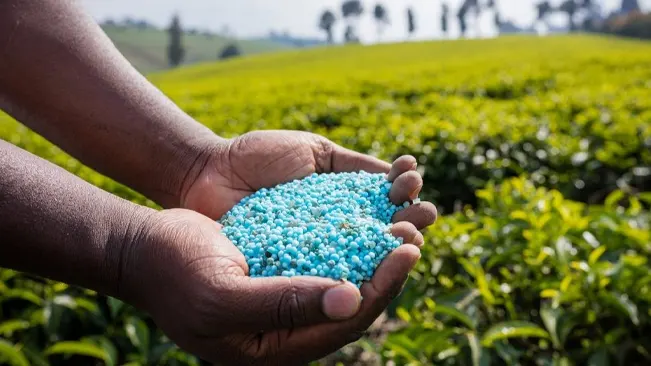
The overuse of chemical fertilizers, pesticides, and herbicides is another common mistake that can have long-term negative impacts on soil health. While these chemicals can provide short-term benefits in terms of pest control and nutrient supply, their excessive application can lead to soil and water contamination, disrupt beneficial soil organisms, and lead to pest resistance. Over-reliance on chemicals can also degrade the soil’s natural fertility, resulting in a vicious cycle where more chemical inputs are required to maintain crop yields. Adopting integrated pest management strategies and using chemicals judiciously, along with organic amendments, can help mitigate these effects and promote a more sustainable agricultural system.
Tools and Resources for Soil Health
Soil Testing Kits

Soil testing kits are invaluable tools for understanding and managing soil health. These kits allow farmers, gardeners, and land managers to assess the nutrient content, pH level, and other critical soil characteristics. By providing essential information on soil composition, these tests can guide the application of fertilizers and amendments, ensuring that plants receive the nutrients they need without the risk of over-fertilization. Regular soil testing can also help in monitoring changes in soil health over time, enabling proactive management practices that maintain or improve soil fertility, structure, and biological activity.
Organic Fertilizers and Amendments
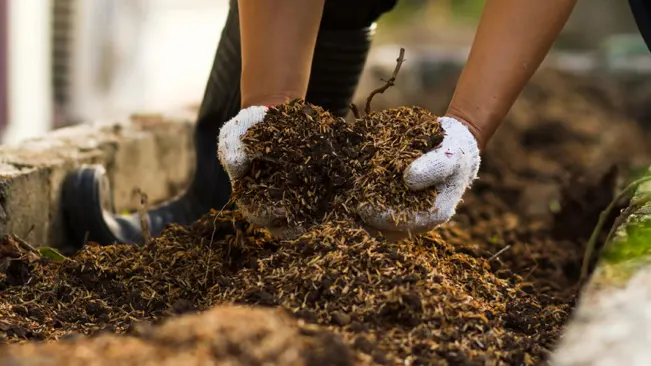
Organic fertilizers and soil amendments play a crucial role in enhancing soil health in a sustainable manner. Unlike synthetic fertilizers, organic options such as compost, manure, bone meal, and green manure provide a wide range of nutrients and improve soil structure, water retention, and microbial activity. These organic materials not only supply essential nutrients in a slow-release form but also contribute to the buildup of soil organic matter, an important component of healthy soil. The use of organic amendments encourages a more vibrant soil ecosystem, promoting beneficial microbial interactions that support plant health and resilience against pests and diseases.
Conclusion
In conclusion, maintaining and improving soil health is a multifaceted endeavor that requires attention to the soil’s biological, chemical, and physical properties. Strategies such as enriching the soil with organic matter, adopting proper irrigation techniques, rotating crops, and utilizing natural pest control methods are fundamental to fostering a vibrant and productive soil ecosystem. Advanced techniques like biochar addition and mycorrhizal inoculation further enhance soil fertility and plant health. However, it’s crucial to avoid common pitfalls like over-tilling and excessive use of chemicals, which can degrade soil health.
Tools such as soil testing kits and the use of organic fertilizers and amendments are essential for monitoring and maintaining the balance of nutrients in the soil, ensuring a sustainable approach to agriculture and gardening. Ultimately, the health of our soil is inextricably linked to the health of our planet, making it imperative to adopt practices that support its vitality and longevity.
FAQs
- What is the key to building healthy soil?
The key to building healthy soil lies in understanding its complex ecosystem and adopting practices that enhance its natural balance. This includes adding organic matter, practicing minimal disturbance, ensuring proper nutrient management, and fostering biodiversity within the soil. - How does organic matter contribute to soil health?
Organic matter is fundamental to soil health as it supplies nutrients, improves soil structure and water retention, and supports a vibrant community of microorganisms essential for nutrient cycling and disease suppression. - Can regular tilling harm soil health?
Yes, frequent tilling can disrupt soil structure, destroy beneficial microorganisms, contribute to erosion, and lead to compaction, all of which diminish soil health and fertility. - Why is biodiversity important in soil?
Biodiversity in soil is crucial because it ensures a resilient ecosystem capable of nutrient cycling, pest and disease regulation, and maintaining soil structure, all of which contribute to the overall health of the soil. - What are the consequences of chemical overuse in soil?
Excessive use of chemicals, such as synthetic fertilizers and pesticides, can degrade soil health by killing beneficial soil organisms, leading to nutrient imbalances, reducing organic matter, and causing pollution. - How do cover crops improve soil health?
Cover crops protect the soil surface, enhance soil structure, increase organic matter, and help cycle nutrients. They also suppress weeds and provide habitat for beneficial organisms. - What role do mycorrhizae play in soil health?
Mycorrhizae form symbiotic relationships with plant roots, aiding in the absorption of water and nutrients, improving soil structure, and enhancing plant resilience against stressors. - How does soil pH affect soil health?
Soil pH affects the availability of nutrients to plants and the activity of soil organisms. Extreme pH levels can limit plant growth, reduce microbial activity, and lead to nutrient deficiencies or toxicities. - What are the benefits of using organic fertilizers over synthetic ones?
Organic fertilizers release nutrients slowly, improve soil structure, enhance microbial activity, and reduce the risk of leaching and pollution, making them more sustainable for long-term soil health. - How can I assess the health of my soil?
Soil health can be assessed through soil tests that measure nutrient levels, pH, organic matter content, and the presence of beneficial microorganisms, along with physical inspections for soil structure, moisture, and the presence of earthworms and other organisms.
Explore the secrets to healthy soil with our proven strategies for garden vitality. Try them out and watch your garden thrive!

Joel Cunningham
Forestry AuthorI'm Joel Cunningham, an expert in pruning and weed management with over a decade of experience. My skills are rooted in formal training and extensive practice, focusing on advanced pruning techniques and efficient weed control. I'm known for my quality work, precision, and deep understanding of plant health and soil dynamics. My contributions extend to educational initiatives where I share sustainable practices and advice, establishing myself as a reliable and authoritative figure in the gardening community.









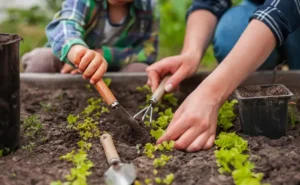



Leave your comment